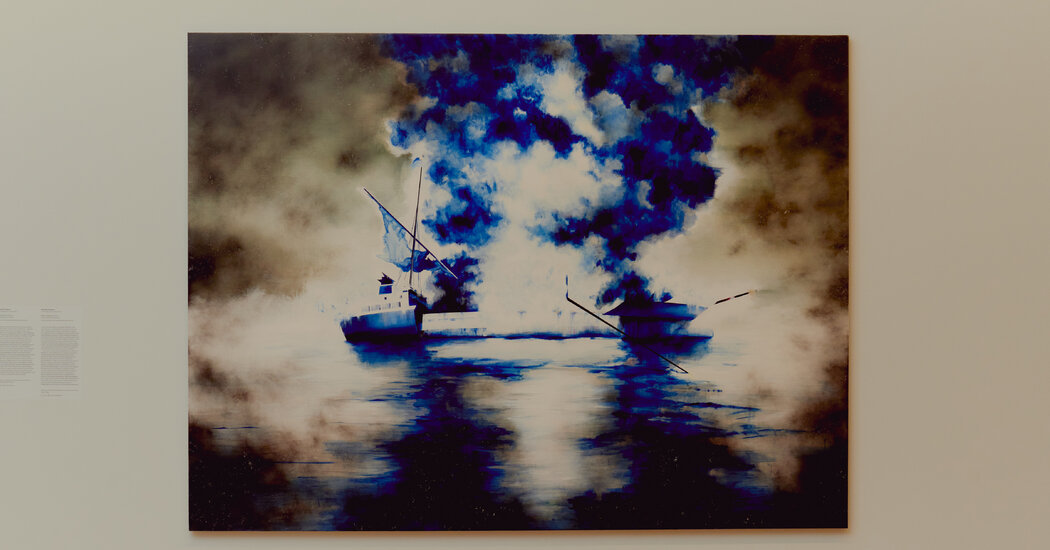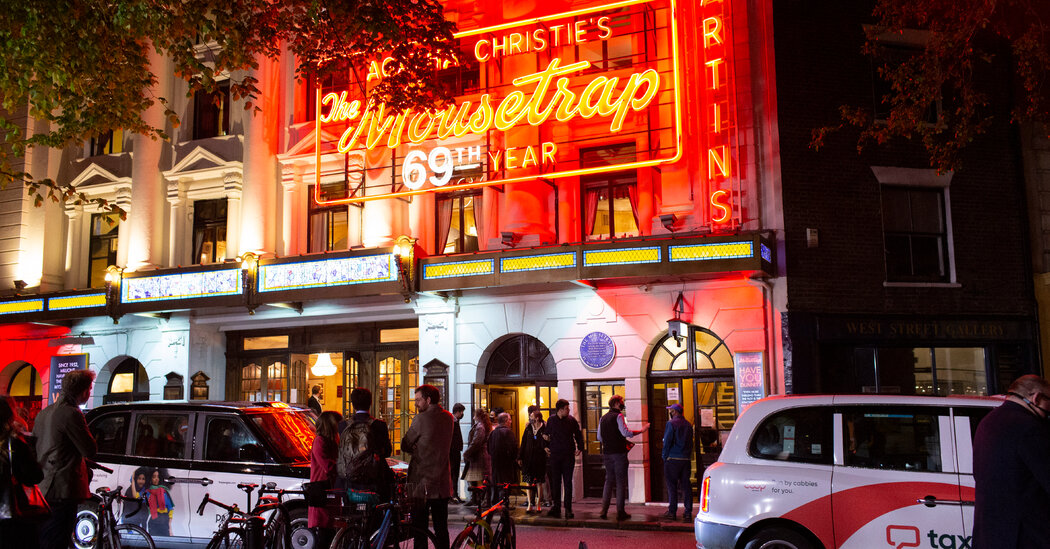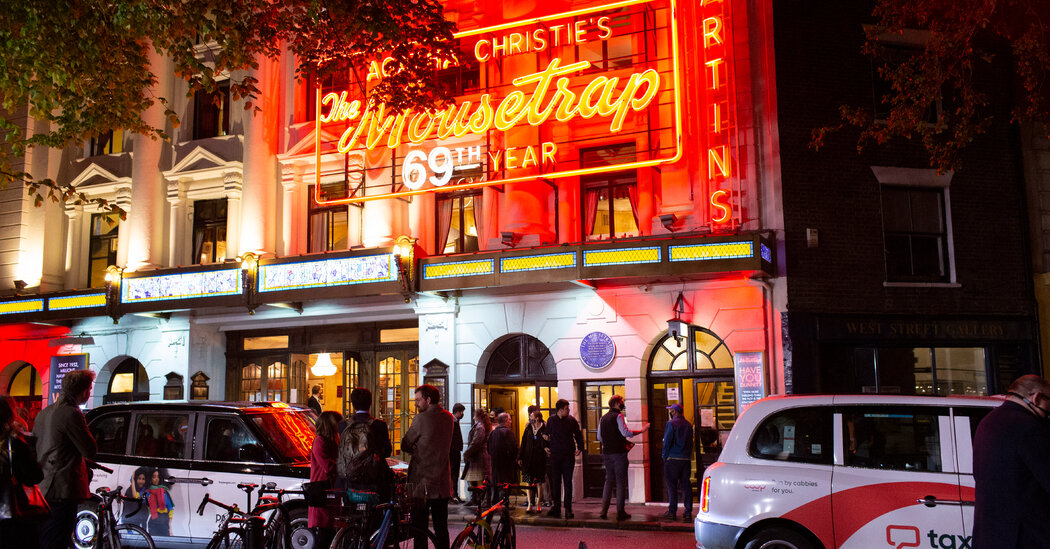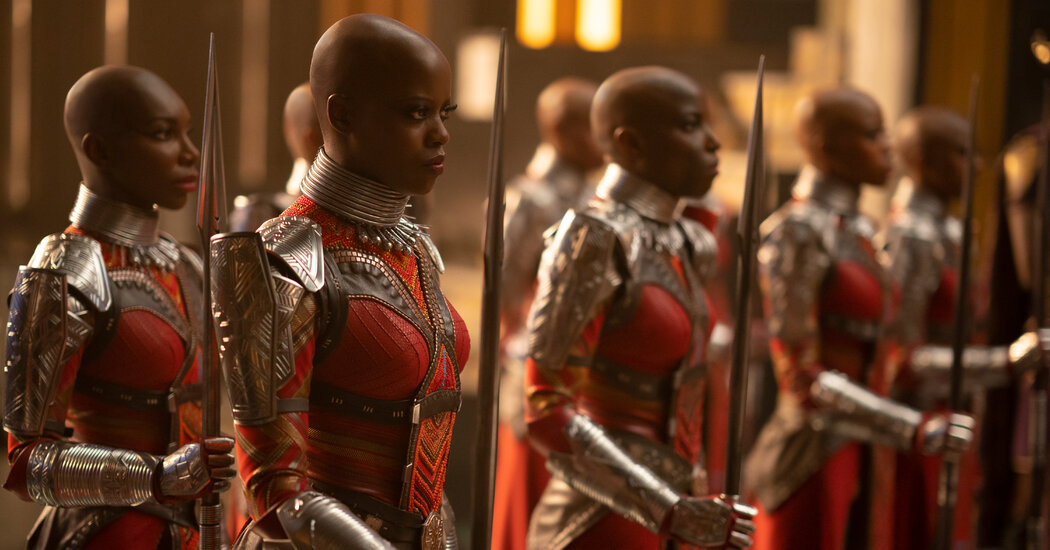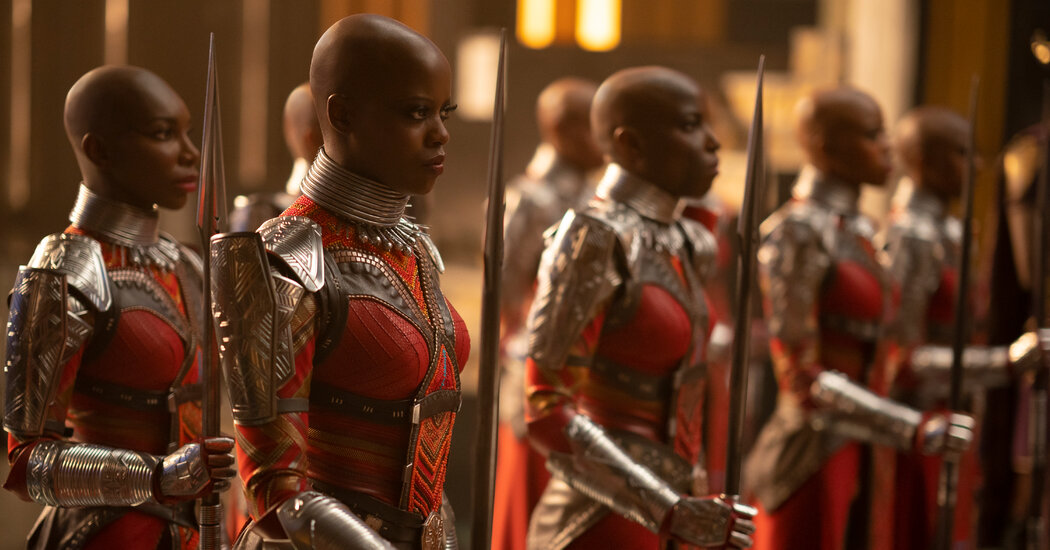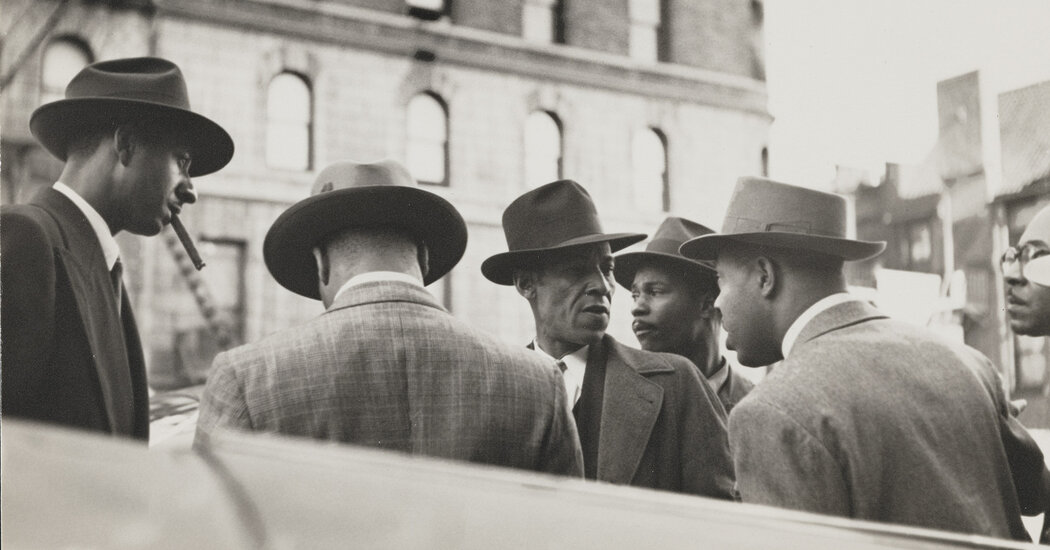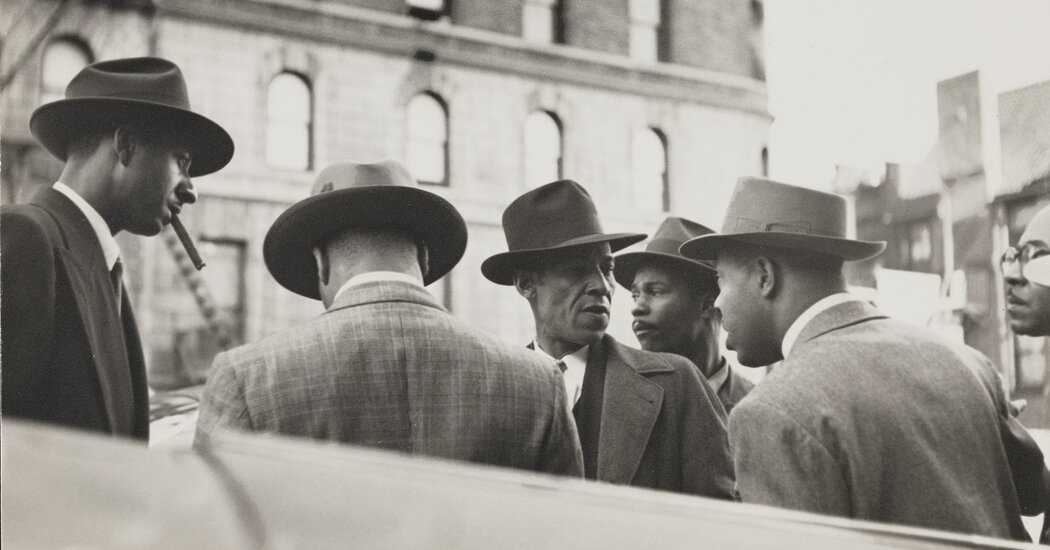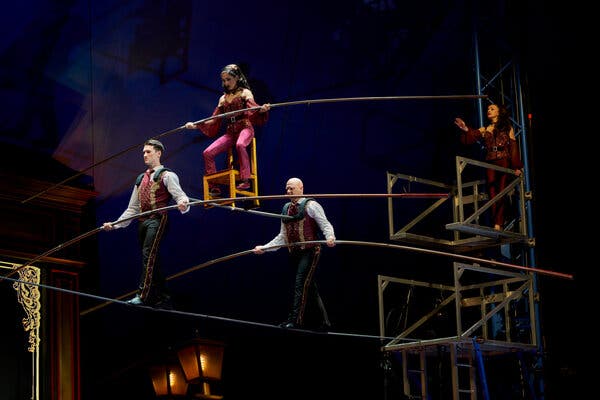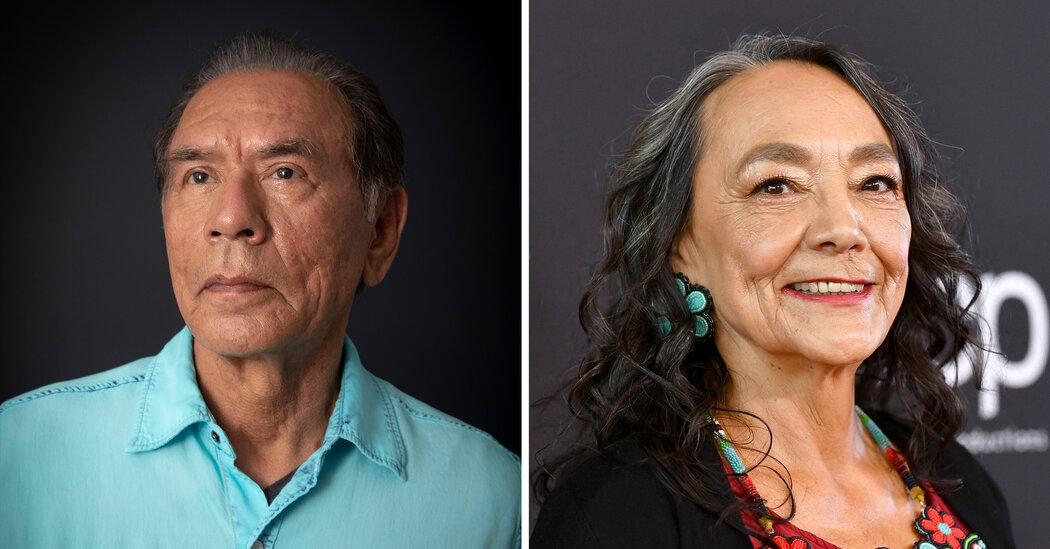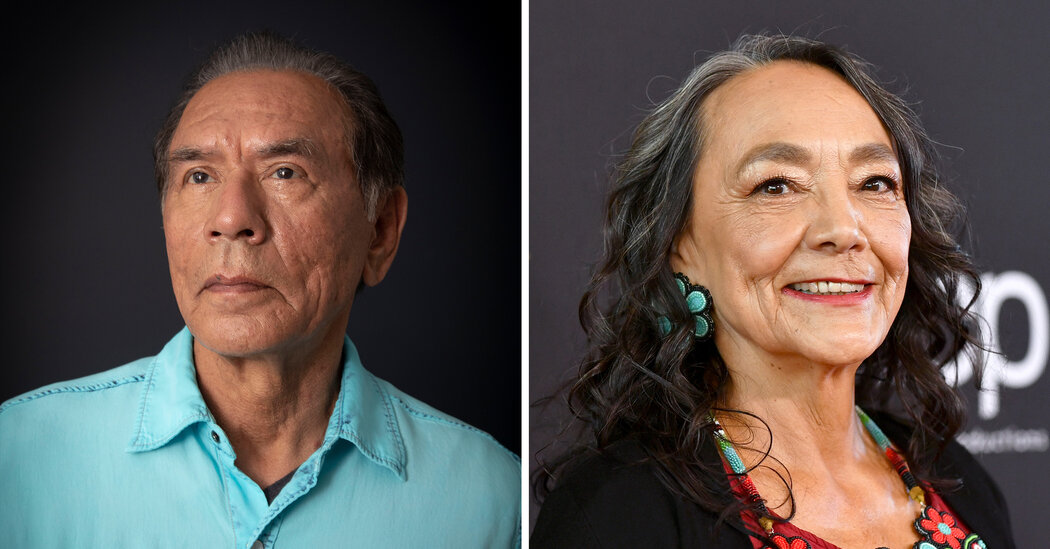
One of the largest shareholders in News Corp said on Friday that it had strong reservations about the plans of its chairman, Rupert Murdoch, to combine the two parts of his media business, News Corp and Fox — the biggest indicator yet that Mr. Murdoch could face significant opposition.
T. Rowe Price, which owns about 12 percent of News Corp — making it the company’s largest shareholder after the Murdoch family — said in an interview with The New York Times that a merger of the two companies would probably undervalue News Corp, which it believes is trading for less than the company is worth. It also said that because the Murdoch family owns a bigger share of Fox than News Corp, the family’s interests may lie more with Fox.
Both companies have appointed special committees of independent directors to review the proposal, which does not yet include a valuation for either company.
The deal, which could put Fox News under the same corporate umbrella as The Wall Street Journal, would reverse a decision made nearly a decade ago to divide the company’s film and TV holdings from its sprawling global portfolio of newspapers. Mr. Murdoch has said he sees cost-saving and moneymaking opportunities in joining the two companies, including ways to use the company’s assets for emerging business lines across the two companies, such as sports betting.
T. Rowe’s decision to raise its concerns publicly is a rarity for the asset manager, which generally prefers to resolve its issues behind the scenes. The most recent instance of T. Rowe raising public concerns about a deal was in 2019, when it came out against Occidental Petroleum’s merger with Anadarko Petroleum.
News Corp and Fox declined to comment.
The two companies disclosed in October that Mr. Murdoch had put forward a proposal to recombine them. The Murdoch Family Trust, which Rupert Murdoch controls with his eldest children, commands roughly 40 percent of the vote at both Fox and News Corp through its more powerful but less numerous Class B shares. Those numbers are different than their total ownership of the company.
But any deal requires the approval of a majority of investors who are not part of the Murdoch trust. Depending on how the deal is structured, both Class A and Class B shareholders in News Corp would have a vote.
The courts have recently applied more scrutiny to deals involving large shareholders like the Murdochs to make sure the deals are fair to all shareholders. If both News Corp and Fox win support from the majority of shareholders outside the Murdoch family, that could help fend off potential litigation, legal experts have said.
T. Rowe Price wanted to make its concerns known to the boards — and the public — before the companies put forward any firm proposal, said Vincent DeAugustino, one of the portfolio managers who oversees T. Rowe’s investment in News Corp.
“It’s more constructive to help form the process than try to push back against any proposal once it’s been made,” Mr. DeAugustino said.
T. Rowe Price raised its concerns with News Corp’s special committee in recent weeks, Mr. DeAugustino said. Though the valuation of News Corp is the primary concern, T. Rowe has other concerns related to the deal. They include the value that Fox offers News Corp, given the decline of the traditional TV business and the potential financial consequences of litigation against Fox News by the voting machine companies Dominion and Smartmatic. The companies are each suing Fox News for damages exceeding $1 billion, arguing that Fox’s hosts promoted defamatory conspiracy theories related to the 2020 election. Fox has countered that the commentary is inherently newsworthy and protected under the First Amendment.
Mr. DeAugustino said he worried that the special committees appointed to review the deal were not sufficiently independent.
“It stands to reason, given the high degree of sensitivities here, that there would be a lot of external pressure by shareholders as the special committee performs its work,” Mr. DeAugustino said.
Pressure from investors has been steadily building on the Murdochs in recent weeks. On Sunday, the activist investor Irenic Capital Management, which owns about 2 percent of News Corp’s Class B shares, sent a letter to News Corp’s special committee stating its concerns about a deal. Other investors have also expressed reservations.
That resistance creates a delicate balancing act for the Murdoch family, said Eric Talley, a professor at Columbia Law School who specializes in corporate law and governance. The decision to raise concerns about the merger among News Corp investors may be aimed at securing a higher price for their shares. At the same time, Fox shareholders would probably object to an overly favorable deal for News Corp investors.
“There is a breaking point here, where the game becomes unworthy of the gamble,” Mr. Talley said.
Fox and News Corp have declined to make their executives available to discuss the merger on the record. But in November, Fox’s chief executive, Lachlan Murdoch, said on an earnings conference call that a series of recent mega-mergers in the media industry have underscored the importance of size.
“Scale is important,” Lachlan Murdoch, Rupert Murdoch’s oldest son, said. “Scale lends flexibility in many ways.”
Robert Thomson, the News Corp chief executive, acknowledged the deal-making process in an October note to employees, adding that the company has had two consecutive years of record profits.
Like some other News Corp shareholders, Mr. DeAugustino said he thought that confusion among investors had led them to undervalue shares of News Corp, in part because it owns a varied collection of properties, including a stake in the real estate listings business REA Group worth roughly $5.7 billion. Irenic argues that shares of News Corp, now trading at $18 a share, could be worth $34.
Mr. DeAugustino said he agreed with other investors that there could be merit to spinning off its real estate or Dow Jones businesses. T. Rowe wants the special committee to consider all of its options.
But, he added, “For a patient investor willing to wait out temporary pressures, maybe doing nothing is the best option.”


